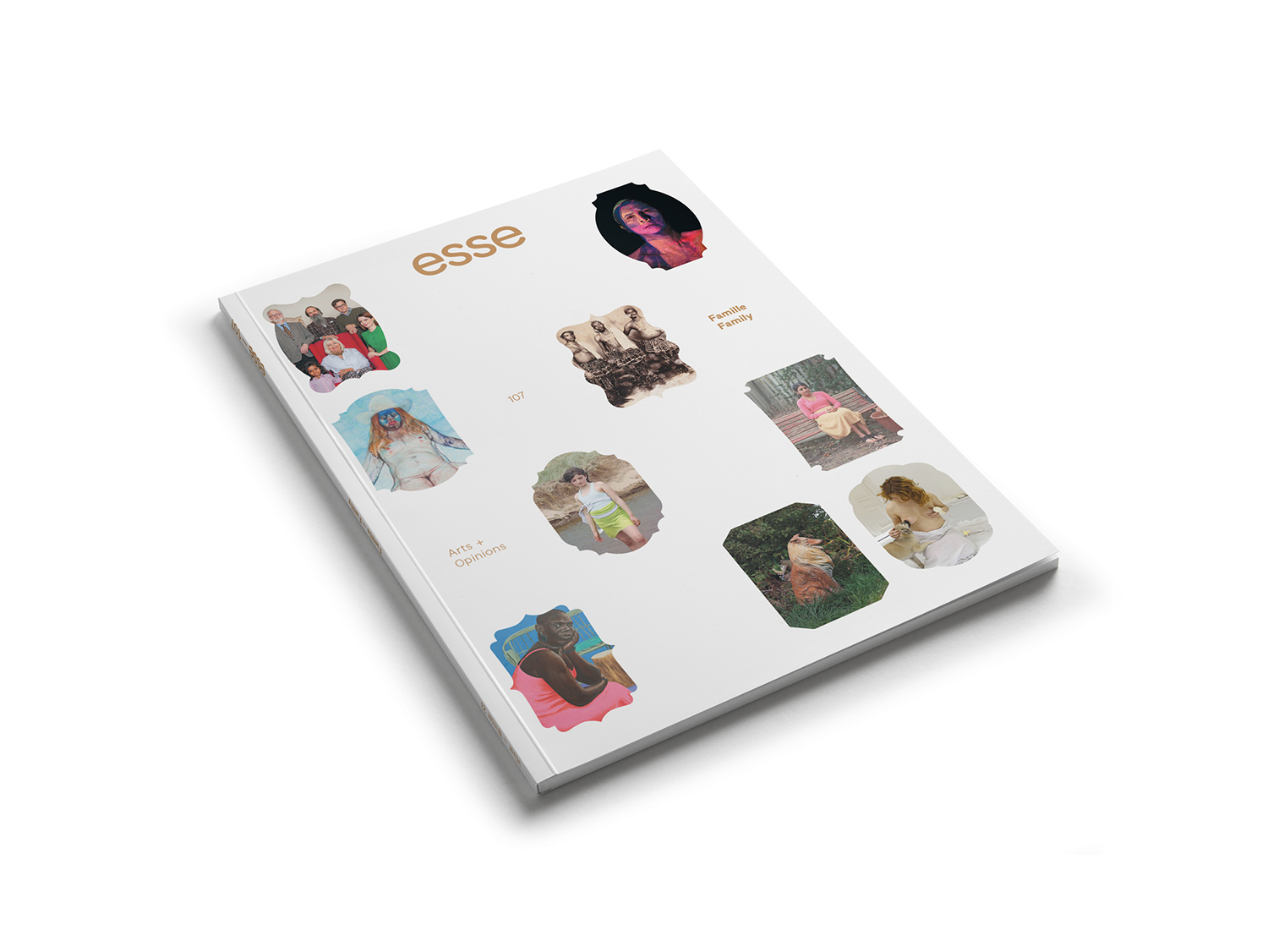
Photo: courtesy of Dorset Fine Arts, Toronto
Indigenous Family Trees, Legacies, and Branching Out
Families often revere makers and lovingly pass on traditions, graphic motifs, techniques, and other closed teachings. For example, Andrea Flowers taught her granddaughters Veronica and Vanessa (V&V Crafts) the technique of sewing waterproof sealskin boots before she passed in 2019.1 1 - See “Learning the Disappearing Art of Black-Bottomed Sealskin Boots,” Inuit Art Quarterly, 3 November 2021, accessible online. There is often a noticeable similarity between works presented publicly by some career Indigenous artists and pieces made by family members. Certain styles, aesthetics, and conceptual or narrative techniques are revisited by generations of artists. I argue that this should continue to be an apparatus for creative inquiry, as it has been for other non-Indigenous artist families, groups, and partnerships. Bringing together works by artists with shared familial experiences and perspectives simply makes sense. Emphasizing Indigenous art “families” and kinship undoes the historical fissure caused by a restricted definition of family imposed by colonization and missionaries. Here, I borrow from Indigenous feminist scholarship and kinship studies to chart the development of familial practices and to demonstrate the strengths of family as an analytical tool.
